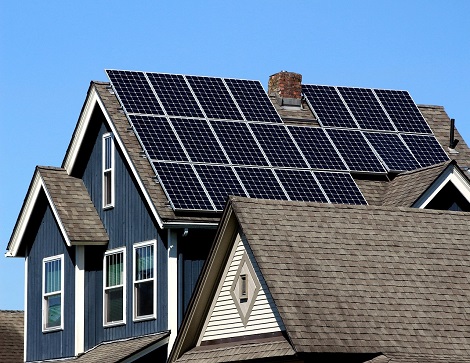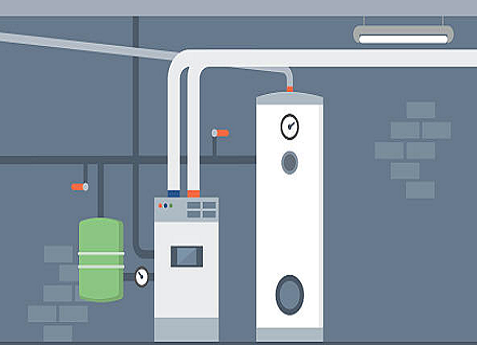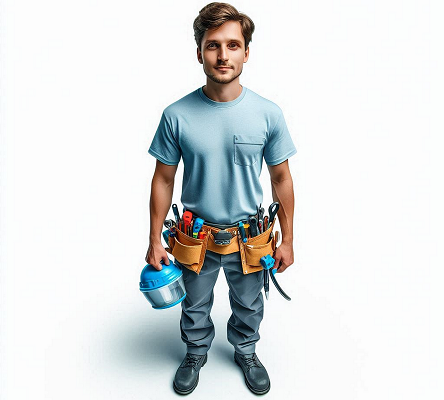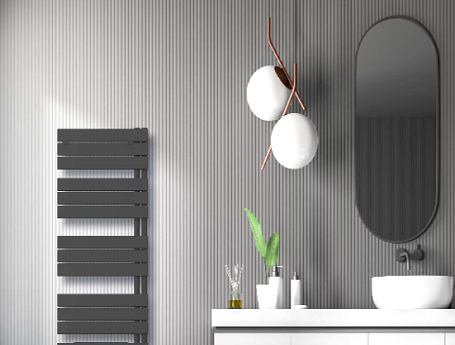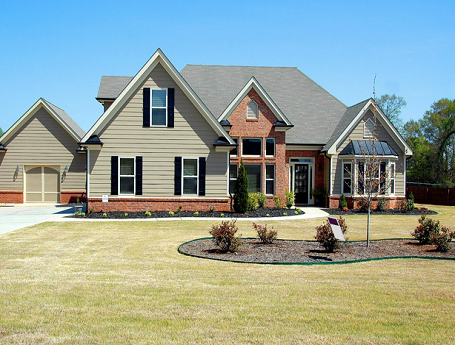 Your home’s exterior is the first thing people notice, and maintaining strong curb appeal not only enhances its overall appearance but also increases property value. Whether you’re preparing to sell your home or simply want to take pride in its exterior, making small but impactful upgrades can instantly refresh its look. From landscaping to exterior lighting, a few strategic changes can make a big difference.
Your home’s exterior is the first thing people notice, and maintaining strong curb appeal not only enhances its overall appearance but also increases property value. Whether you’re preparing to sell your home or simply want to take pride in its exterior, making small but impactful upgrades can instantly refresh its look. From landscaping to exterior lighting, a few strategic changes can make a big difference.
In states like New Jersey, where homes are exposed to varying weather conditions throughout the year, maintaining the exterior becomes even more important. Harsh winters, heavy rain, and humid summers can take a toll on siding, windows, and doors. Homeowners looking to improve their home’s appearance need durable, weather-resistant upgrades that not only enhance aesthetics but also provide protection from the elements.
Fortunately, there are many effective ways to refresh a home’s exterior, from simple fixes like painting and landscaping to larger upgrades that add long-term value. Choosing high-quality materials and making thoughtful design decisions can help homeowners achieve a fresh and polished look that withstands the region’s changing weather conditions.
1. Enhance Your Home’s Exterior with a Siding Upgrade
Siding plays a crucial role in defining a home’s aesthetic while protecting it from the elements. Over time, old or damaged siding can make a house look outdated, leading to reduced curb appeal. By upgrading to new siding, homeowners can give their homes a refreshed, modern appearance while also improving insulation and energy efficiency.
If you’re a homeowner looking to refresh your home’s exterior and enhance both its appearance and durability, a New Jersey siding company can provide high-quality siding solutions designed to withstand the state’s varying weather conditions. Whether you opt for vinyl, fiber cement, or composite materials, new siding offers a durable and low-maintenance way to keep your home looking great for years. These materials come in various colors and styles, allowing homeowners to customize their exterior to match their style while boosting property value.
Beyond aesthetics, replacing old siding can help prevent issues such as water damage, mold growth, and energy loss. Professional installation ensures proper sealing and insulation, reducing heating and cooling costs throughout the year. With the right siding upgrade, homeowners can achieve both improved curb appeal and long-term functionality.
2. Refresh Your Main Gate and Entryway
Your front door serves as a key focal point of your home’s exterior. A simple upgrade, like repainting it in a bold, modern color, can make a strong visual impact. Choosing colors like deep blue, classic red, or sleek black can instantly add character and warmth to your entryway.
If your front door is worn out or outdated, replacing it with a more stylish and energy-efficient model can enhance both appearance and security. Adding decorative elements such as a stylish doormat, upgraded house numbers, and modern light fixtures can further elevate the entrance.
For a more high-tech upgrade, consider installing a smart doorbell or keyless entry system. These additions improve security while giving your home a modern, convenient feature that enhances its overall appeal.
3. Upgrade Landscaping for a Polished Look
A well-maintained landscape can dramatically improve curb appeal by creating a welcoming and visually appealing exterior. You don’t need an extensive garden to make an impact—small, thoughtful landscaping upgrades can go a long way.
Start by keeping your lawn neatly trimmed and adding fresh mulch to garden beds for a clean and polished look. Planting seasonal flowers or incorporating greenery in decorative planters near the front door can add a pop of color and warmth. Shrubs and hedges should be neatly trimmed to maintain a tidy and inviting appearance.
If you want a low-maintenance option, consider using drought-resistant plants and native greenery that thrive in your region’s climate. These plants require less water and upkeep while providing lasting beauty. Additionally, adding a pathway with stepping stones or decorative gravel can enhance your outdoor space and create a welcoming feel.
4. Improve Driveway and Walkway Appearance
A cracked or stained driveway can detract from your home’s overall aesthetic. Repairing cracks, power washing surfaces, or sealing your driveway can instantly refresh its look. If you want to add more character, consider using stamped concrete, brick pavers, or stone for a more polished appearance.
Walkways leading to your front door should also be well-maintained and free of damage. Adding solar-powered pathway lights can illuminate your entrance while enhancing safety. For a stylish touch, line the walkway with flower beds, decorative edging, or potted plants to create an inviting path to your home.
5. Upgrade Windows and Shutters
Windows is another essential component of curb appeal. If your windows are outdated or showing signs of wear, replacing them with energy-efficient models can improve both aesthetics and insulation. Modern window designs come in a variety of styles, from classic double-hung windows to sleek black-framed options that add a contemporary touch.
Shutters can also enhance your home’s exterior by adding depth and contrast. If you already have shutters, a fresh coat of paint can make them look new again. For homes without shutters, installing decorative ones can provide an elegant and timeless look. Additionally, window boxes filled with seasonal flowers or greenery can add charm and color to your exterior.
6. Modernize Outdoor Lighting for a Brighter Look
Good outdoor lighting not only improves curb appeal but also enhances security and safety. Upgrading old light fixtures with modern, energy-efficient options can give your home a fresh and inviting look.
Consider installing stylish wall sconces, pendant lighting, or lantern-style fixtures near the front entrance. Pathway lighting, whether solar-powered or hardwired, can create a well-lit walkway while highlighting landscaping features. Motion sensor lights can also add an extra layer of security while making your home’s exterior feel warm and welcoming at night.
Boosting your home’s curb appeal doesn’t have to involve expensive or time-consuming renovations. Simple upgrades such as replacing old siding, updating the front entryway, and enhancing landscaping can have an immediate and lasting impact.
A fresh siding update, for example, can dramatically improve your home’s appearance while providing essential protection against weather conditions. Similarly, upgrading windows, doors, and outdoor lighting can enhance both the beauty and functionality of your home’s exterior.
Investing in curb appeal not only makes your home more visually appealing but also increases property value and creates a more welcoming atmosphere. Whether you’re planning to sell or simply want to enjoy a refreshed exterior, these upgrades are well worth the effort. With thoughtful improvements, any homeowner can achieve a stunning and inviting home that makes a lasting impression.


